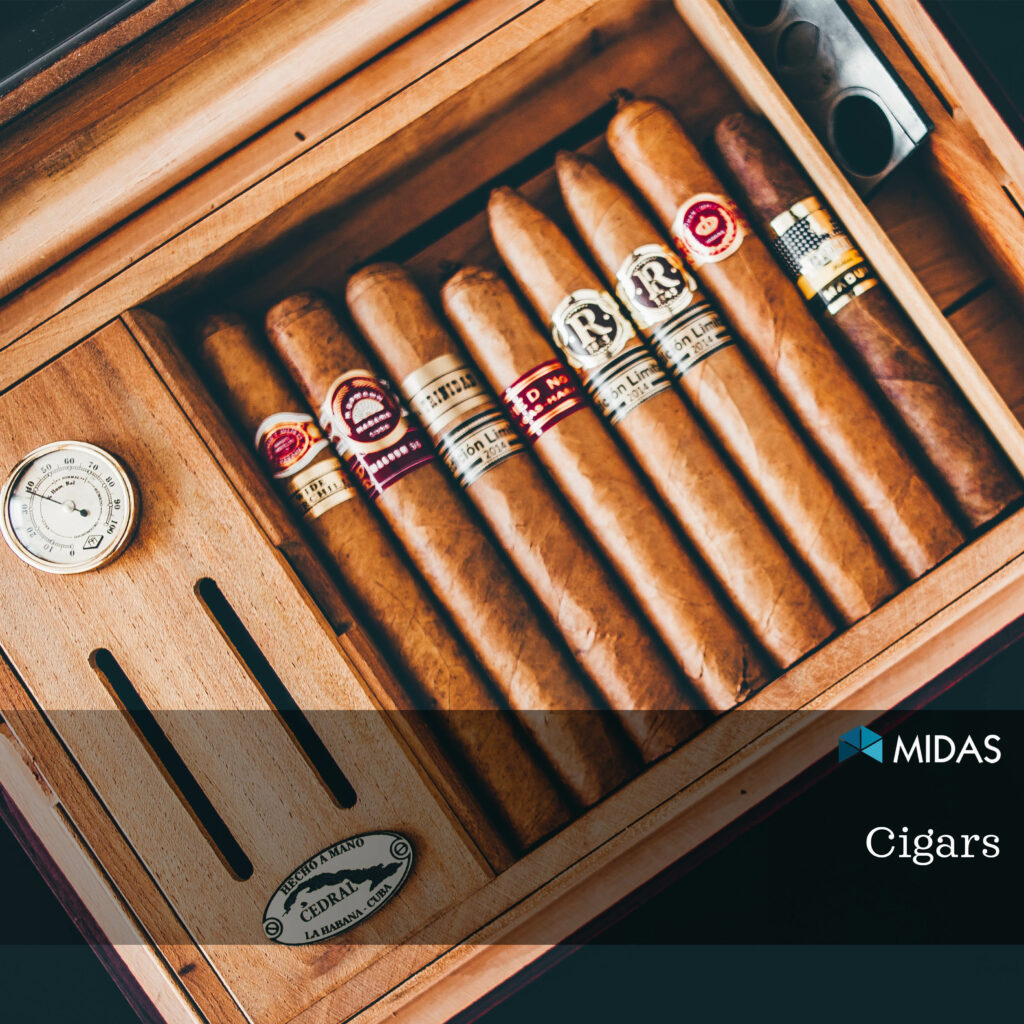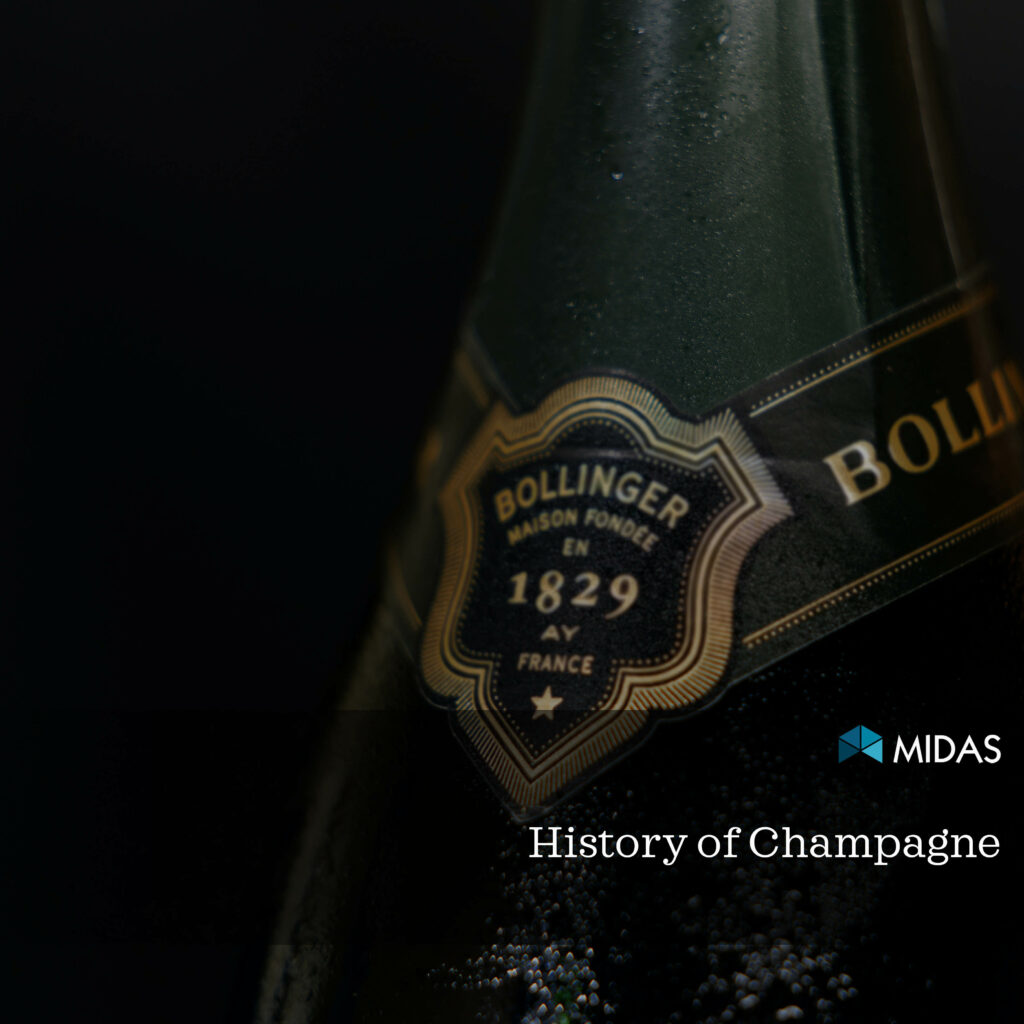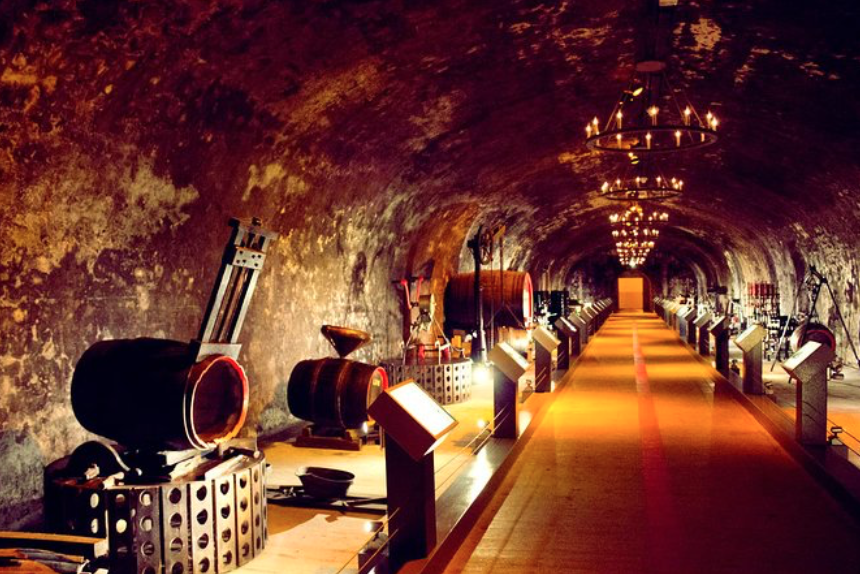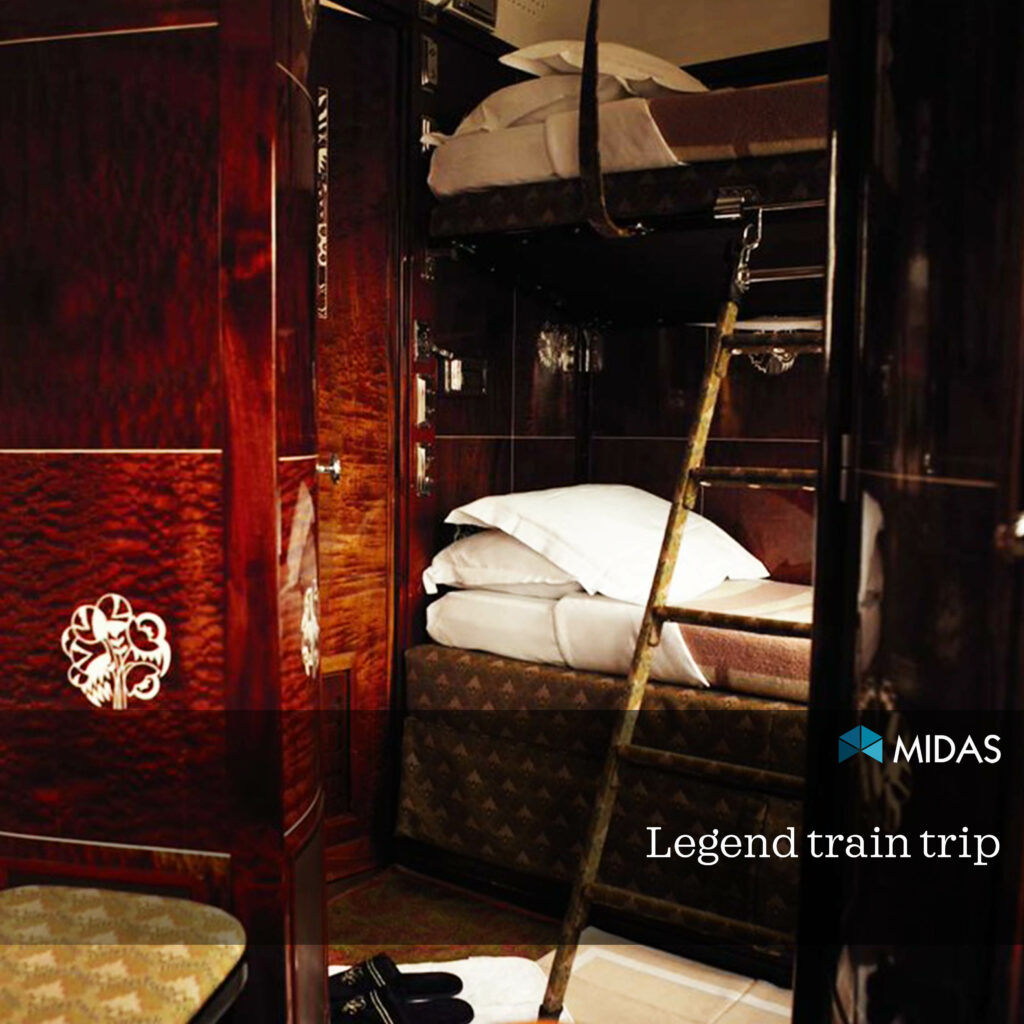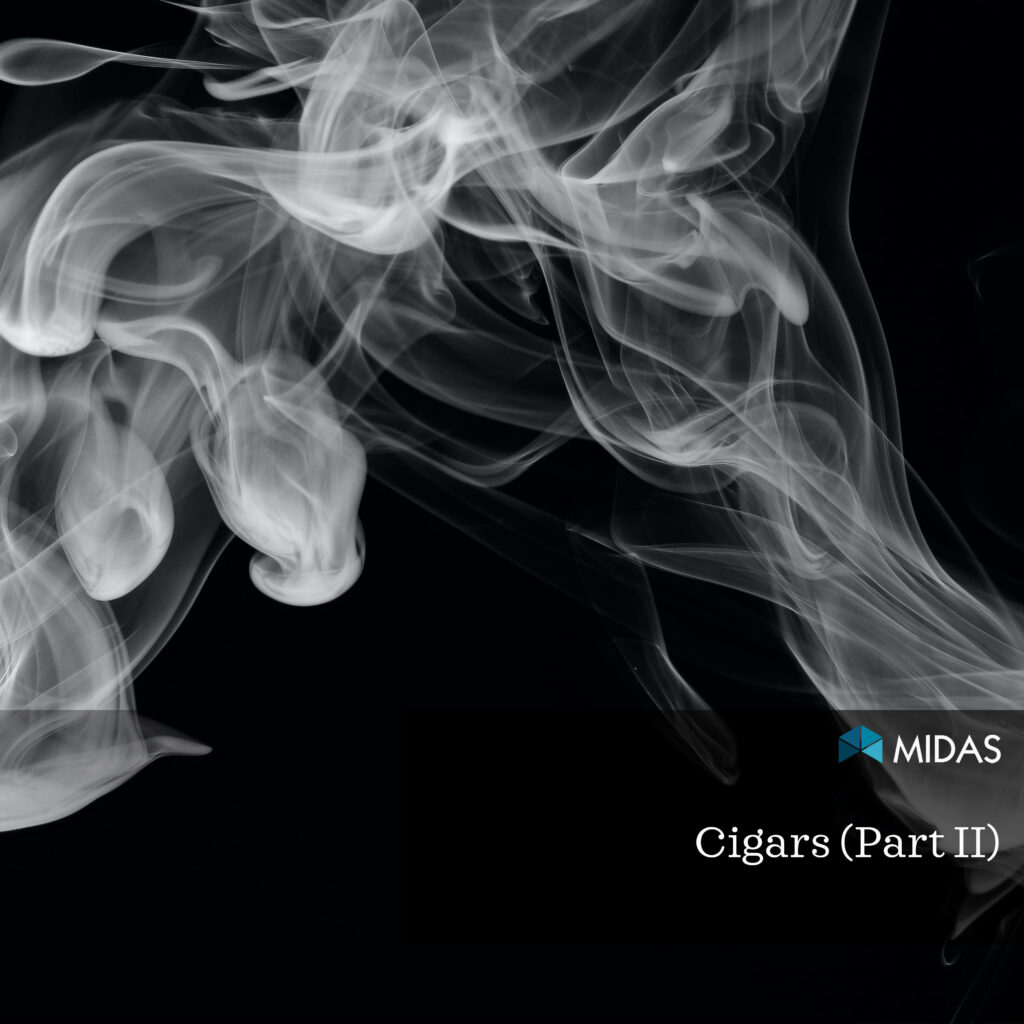
SECTION 3
Stages of Cigar Making
Fermentation
Cuban cigars are made from specially selected tobaccos for the filling, strapping, and the cover sheet.
Firstly, the quality of the raw material needs to be improved. The tobacco needs to obtain the correct ratio of nicotine and resin to give a tangible flavour-aromatic property during tasting. The cigars acquire a unique bouquet, fragrance.
Under a cold temperature (2-3º) the leaves for the filling undergo fermentation. They are removed from the bags, inspected, and placed in oak barrels to evaporate any excess moisture. The raw material is aged until and then it is sent to the twisting room.
Sorting
Manual labour is used in the factory. The leaves are cleaned of debris, insects and dirt. The defective, damaged or deformed raw material is also rejected. They are sorted according to density, size, shade, and vein thickness.
The tobacco is made wet to remove the central vein. It is then graded. The coats must be textured, elastic, and without defects. Master craftsmen work with the material softly, gently picking tobacco from the stacks.
Blending – creating tobacco blends
This is the most delicate, complex and painstaking phase, only endured by a master craftsman. For this role, they need to have the skill of tasting aromas. They then classify the tobacco according to the type of aromatic oils.
The main types of tobacco leaves for flavour formation are-
Volado is low in strength. Seco has a medium strength and aroma and lastly Ligero is full-bodied and has a distinctive flavour.
Shaping and labelling
Using pre-pressed materials a Capote binder is used to shape the cigar. The next stage is coating. This is the most expensive stage, a kind of cigar cloth, is taken. The finished product is then labelled and boxed.
SECTION 4
Some interesting facts about cigars
The phrase, “Close, but no cigar,” originated in the day when a cigar was a popular carnival game prize.
In preparation for his first high-altitude aeroplane flight, Winston Churchill ordered the creation of an oxygen mask that would accommodate cigar smoking.
A highly skilled or specifically trained cigar roller is referred to as a torcedor, with them able to produce at least 200 cigars a day!
The tobacco plant belongs to the potato and tomato plant family know as Solanaceae.
1000 tobacco seeds can fit inside a thimble.
Legendary writer Mark Twain used to smoke 300 cigars a month. At one point he quit the habit, however, he ended up suffering from writers block. He then resumed his cigar habit and wrote a book in three months.
SECTION 5
How to be a cigar connoisseur
Here are some tips to help you get the most out of your cigar experience.
Don’t let the cigar burn out – it’s best to inhale every 30-60 seconds. Also, unlike cigarettes, cigar ash is not actively shaken off – it will fall away on its own if you need to brush it off, just gently place the cigar on the edge of the ashtray.
When you have finished tasting a cigar, do not put it out like a cigarette – it is considered bad manners and it will also give off an unpleasant smell. Simply leave it in the ashtray and the cigar will put out by itself. If you leave a cigar in the ashtray for hours and then decide to light it, be prepared that it will be bitter and not as flavourful. Experienced aficionados do not light a cigar a second time.
To light your cigar hold the flame an inch or two away from the foot of your cigar. If you bury your cigar in the flame, it won’t burn evenly and you’ll taste a nasty mix of butane fuel and charred tobacco in the first puffs. Rotate your cigar over the flames taking a few puffs as you go. Once big blow the end until you have an orange glow over the whole base
Professionals advise to not take the band off the cigar until you are about an inch or two away from it. The heat from the cigar naturally loosens the band so you won’t tear the cigar removing the label
It seen as good smoking etiquette to keep few spare cigars to give as handouts
Although there are obvious health problems linked to smoking today smoking a well-made cigar still has strong connotations with being well admired and quietly confident.


